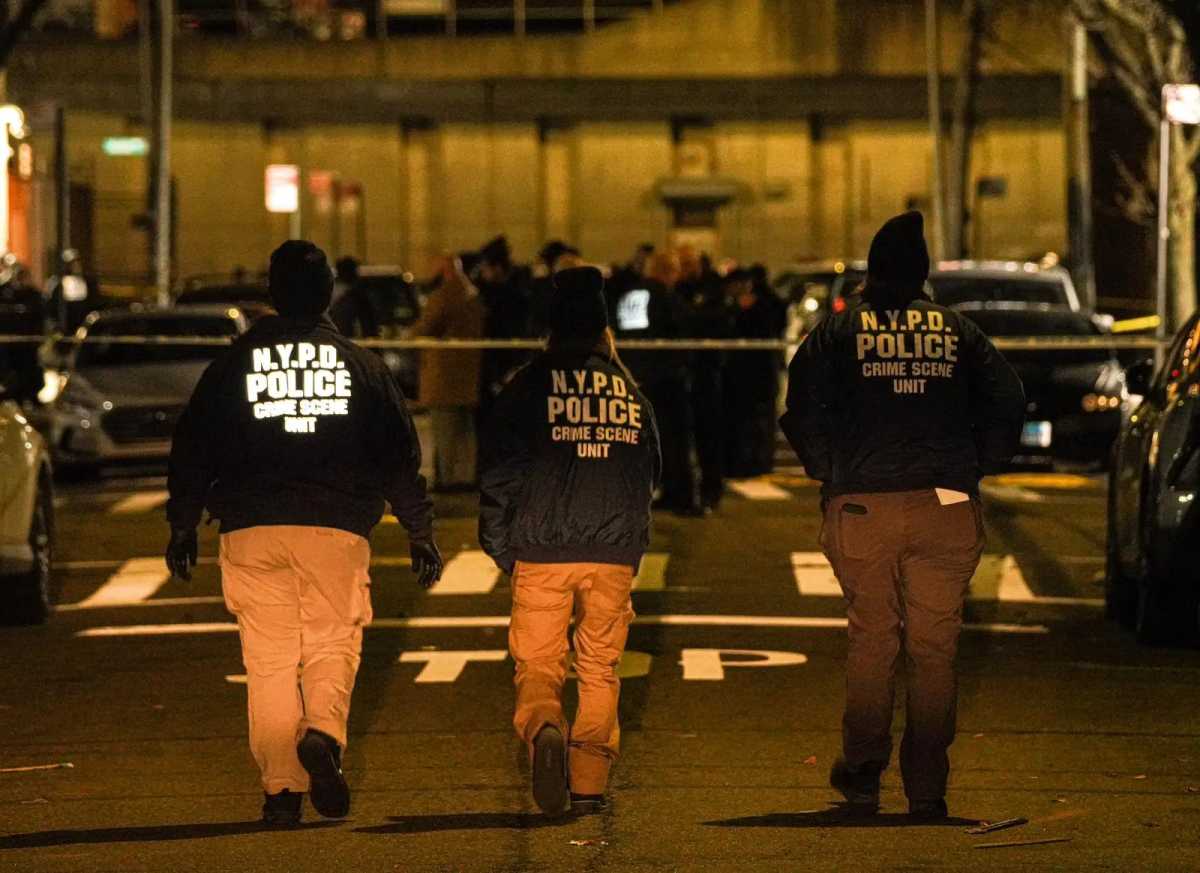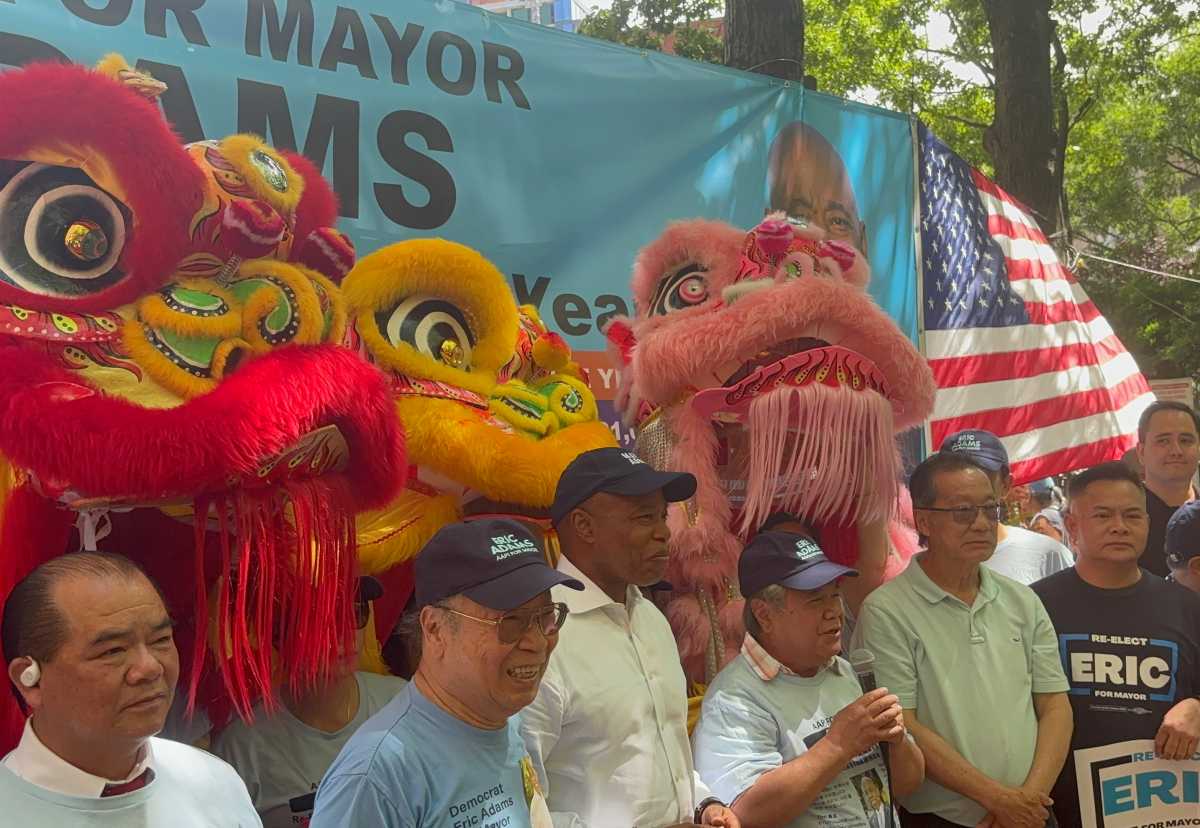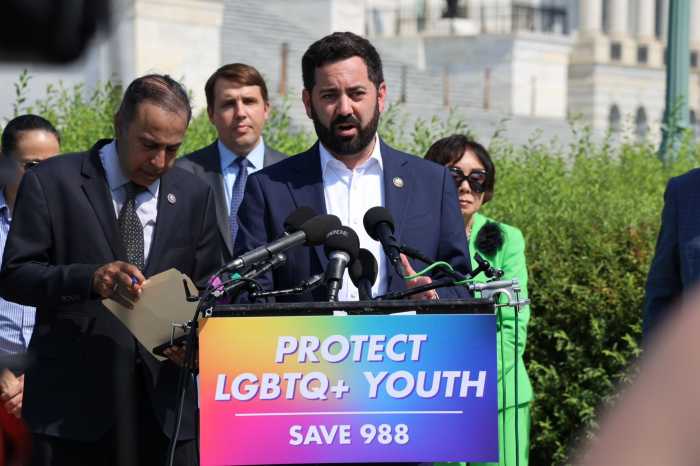After spending four years trying to conceive, Jennifer Loden and her husband opted for in vitro fertilization. Today they have two beautiful children — and five leftover embryos that pose a problem.
“So many thoughts have gone through my mind,” says Loden, an American living in Hong Kong. “I struggle with the thought of just discarding the embryos,” she explains.
For the time being, Loden and her husband, Jason, pay a monthly fee to have the embryos stored at a doctor’s clinic. There the Loden embryos join some 500,000 fetuses-in-waiting in the United States alone.
“Couples really want to get pregnant, so we help them get five or six embryos,” explains Dr. Klaus Wiemer, an obstetrician at the Northwest Center for Reproductive Sciences in Seattle. “But after two successful pregnancies, the couples still have three embryos left and are often very indecisive about what to do. As a result, we have a huge inventory of embryos.” The number of in-vitro fertilizations has doubled during the past decade.
U.S. law obligates doctors to keep embryos for five years. If the parents don’t pay the storage fee and can’t be contacted after that time, doctors have the right to discard the embryos. But doctors keep the embryos anyway, for fear that parents will resurface and want to reclaim their embryos. British law allows doctors to store embryos for 55 years. The result is the same: a fast-growing number of frozen quasi-fetuses that no one is sure what to do with.
This could be good news for medical scientists, who need embryos for stem-cell research. (Last year, President Obama lifted the federal ban on such research.)
But many parents can’t cope with the thought of giving away a budding life, albeit stored in nitrogen at -320 degrees Fahrenheit. In one recent survey, half of the respondents said it’s wrong to destroy embryos — but 41 percent said stem-cell research is a good use of leftover embryos. Not surprisingly, many parents can’t make up their minds, and so keep their embryos in storage year after year.
Octomom Nadia Suleman infamously used all eight embryos because she couldn’t decide what else to do with them.

















